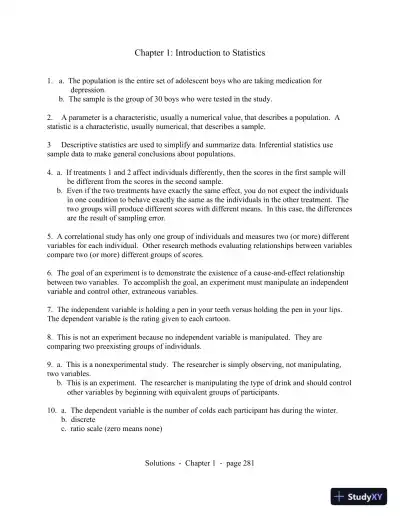Page 1

Loading page ...
Get the textbook answers you need with Statistics for the Behavioral Sciences, 9th Edition Solution Manual, a solutions manual packed with clear and concise explanations.

Loading page ...
This document has 85 pages. Sign in to access the full document!